Reve AI Image Generator Review

Table Of Content
- What is Reve AI Image Generator?
- How to Use Reve AI?
- Step 1: Sign Up
- Step 2: Creating an Image
- Testing Reve AI on Challenging Prompts
- Prompt 1: A Woman Doing a Yoga King Pigeon Pose
- Prompt 2: A Hand Holding a Pen and Writing in a Diary
- Prompt 3: A Man Giving a TED Talk with a Neon "TEDex AI Search" Sign
- Prompt 4: Albert Einstein, Marilyn Monroe, and Will Smith Having Dinner
- Pros and Cons of Reve AI
- Pros:
- Cons:
- Final Thoughts
The AI image generation is constantly evolving, and a new player has taken the top spot. This AI image generator, called Reve, has seemingly come out of nowhere and surpassed established leaders like Recraft, Imagen, and Flux 1.1.
In this article, I will walk you through how to use Reve, test it on difficult prompts, and compare its results with other leading image generators.
What is Reve AI Image Generator?
Reve AI Image Generator is an advanced AI-powered tool that creates high-quality images from text prompts. It uses deep learning models to generate realistic and artistic visuals, making it ideal for artists, designers, and content creators.
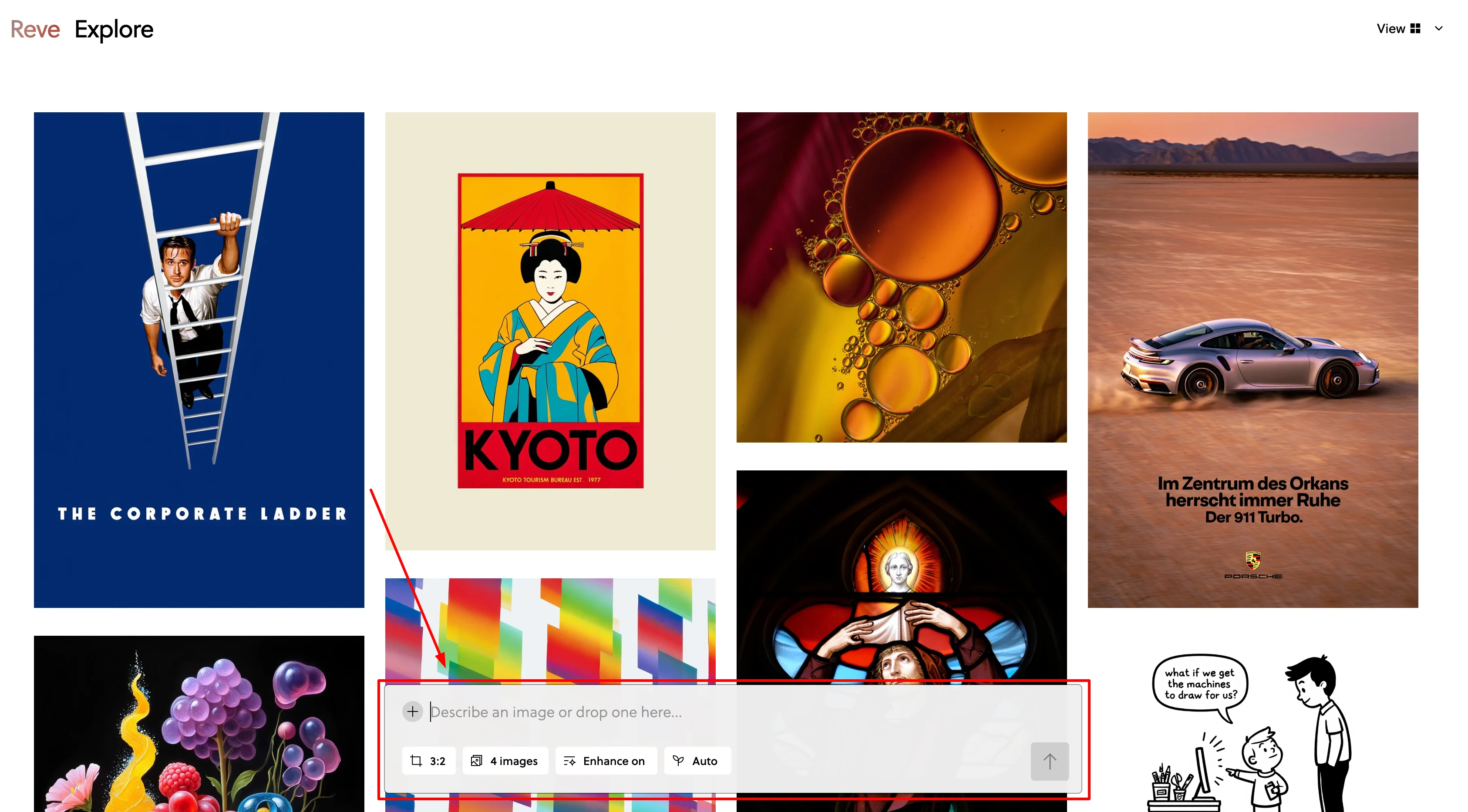
How to Use Reve AI?
Reve is an online platform accessible at reve.art. Getting started is easy:
Step 1: Sign Up
- You need to create a free account.
- Available sign-up methods include various authentication options.
- Upon signing up, you receive 100 credits.
- Each image generation costs one credit, so you get 100 free images to start with.
- Once you run out, you will need to purchase additional credits.
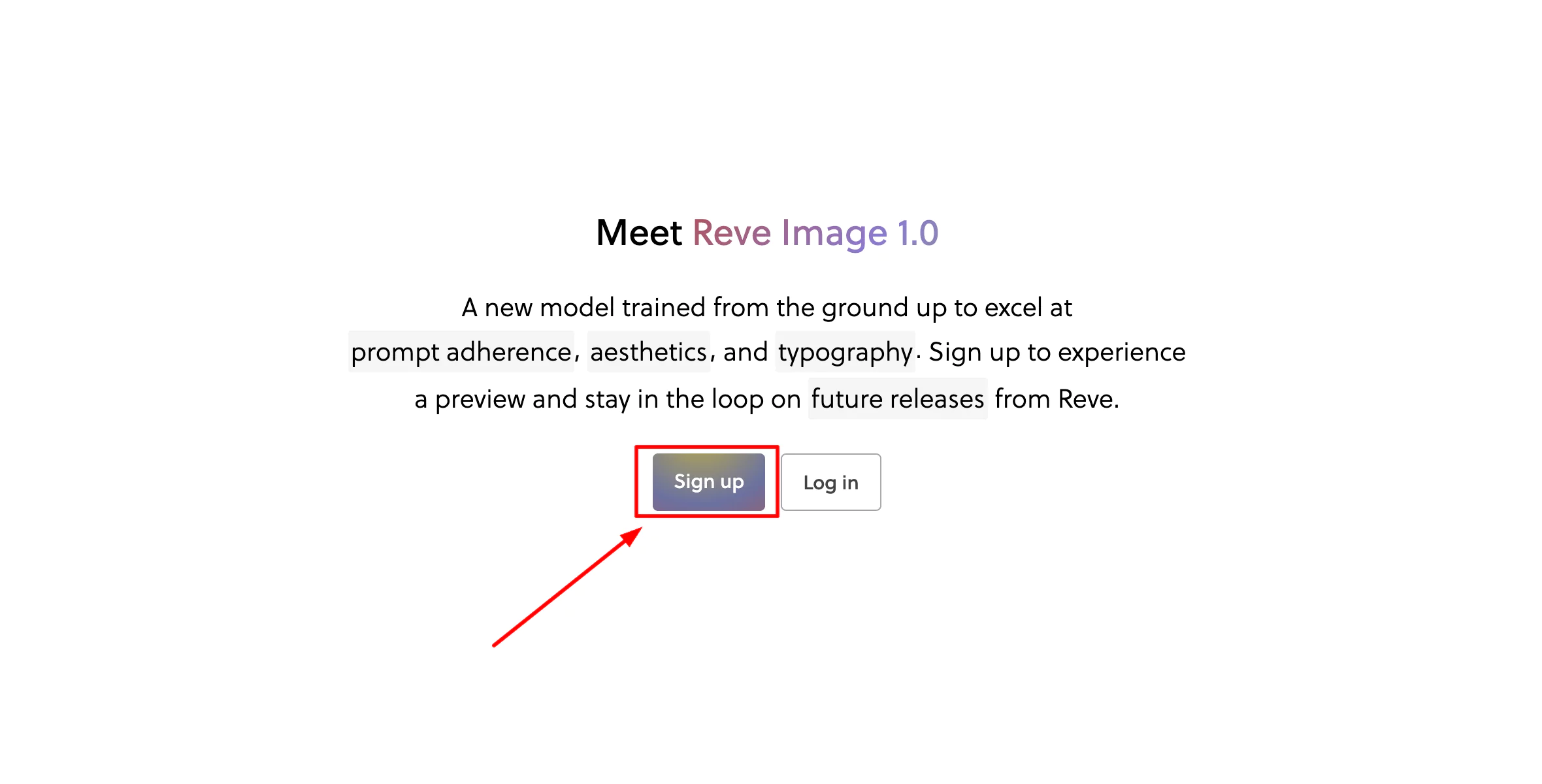
Step 2: Creating an Image
- The interface is straightforward.
- Paste your prompt into the text box.
- Optionally, upload an image for editing.
- Choose aspect ratio settings.
- Select whether to enhance the image.
- Adjust the seed setting, which affects the randomness of the generation process.
- Click Generate to create an image.

Testing Reve AI on Challenging Prompts
Most AI image generators can handle basic prompts well, such as portraits or everyday actions. However, I wanted to see how Reve performs on more complex tasks. To make this a fair test, I compared the results with Recraft, Imagen, and Flux 1.1.
Prompt 1: A Woman Doing a Yoga King Pigeon Pose
- This is a difficult pose that many image generators struggle with.
- Reve generated four images per prompt, using four credits per run.
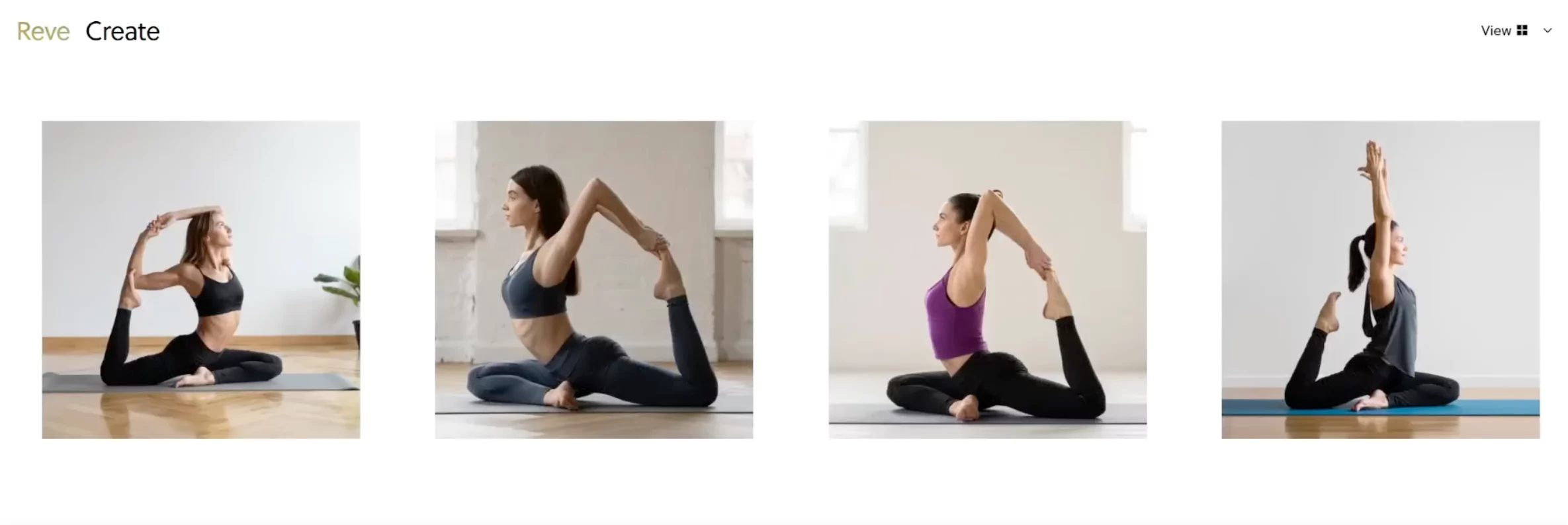
-
Out of four images, two were completely accurate, while a third was close.
-
Compared to the other three AI generators:
- Reve was the only one to produce a correct pose.
- Imagen 3 came close but got the arm positioning wrong.
- Recraft mispositioned the leg.
- Flux 1.1 Pro failed completely.

Prompt 2: A Hand Holding a Pen and Writing in a Diary
This test was designed to check how well Reve could generate readable text within an image.
- The model produced one image with fully correct text.
- Other attempts contained minor inaccuracies or extra words.

- Comparisons with other generators:
- Imagen 3 started correctly but turned into gibberish.
- Recraft was close but had typos and didn’t look handwritten.
- Flux 1.1 Pro failed to generate readable text at all.
- Verdict: Reve wins again.

Prompt 3: A Man Giving a TED Talk with a Neon "TEDex AI Search" Sign
- All four Reve generations were highly detailed.
- The TEDex AI Search sign was clearly visible.
- Spotlight lighting and depth of field effects were rendered accurately.
- Other AI generators:
- Imagen 3, Recraft, and Flux 1.1 Pro created good stage images but struggled with the sign.
- Reve’s sign looked the most realistic and correct.
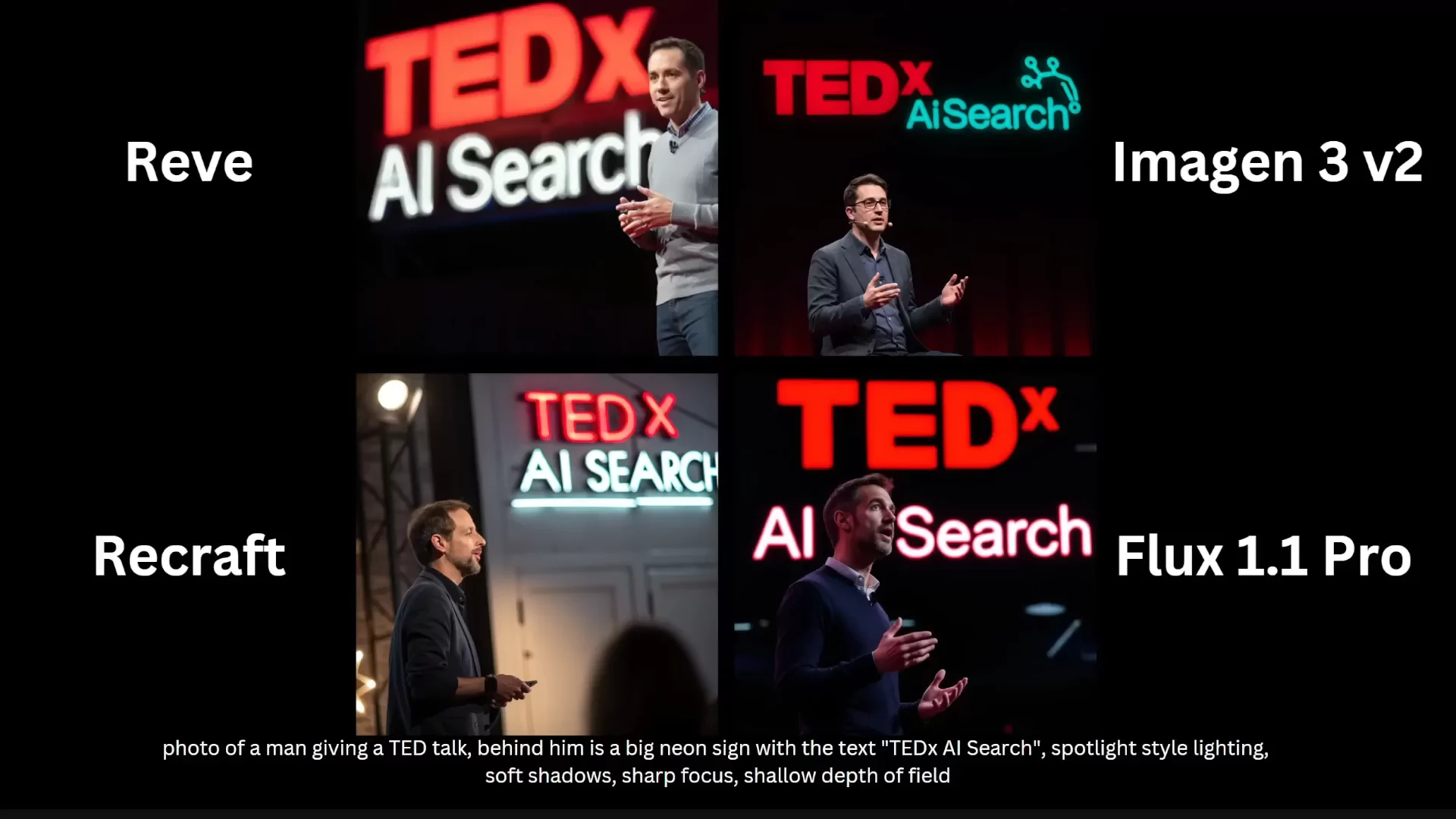
Prompt 4: Albert Einstein, Marilyn Monroe, and Will Smith Having Dinner
- Reve produced highly accurate depictions of all three individuals.
- Expressions and facial features were spot-on.
- Spaghetti was present as specified in the prompt.
- Comparison with other AI models:
- Imagen 3 occasionally generated correct faces but had censorship issues.
- Recraft failed to render Einstein correctly.
- Flux 1.1 Pro had major inconsistencies.
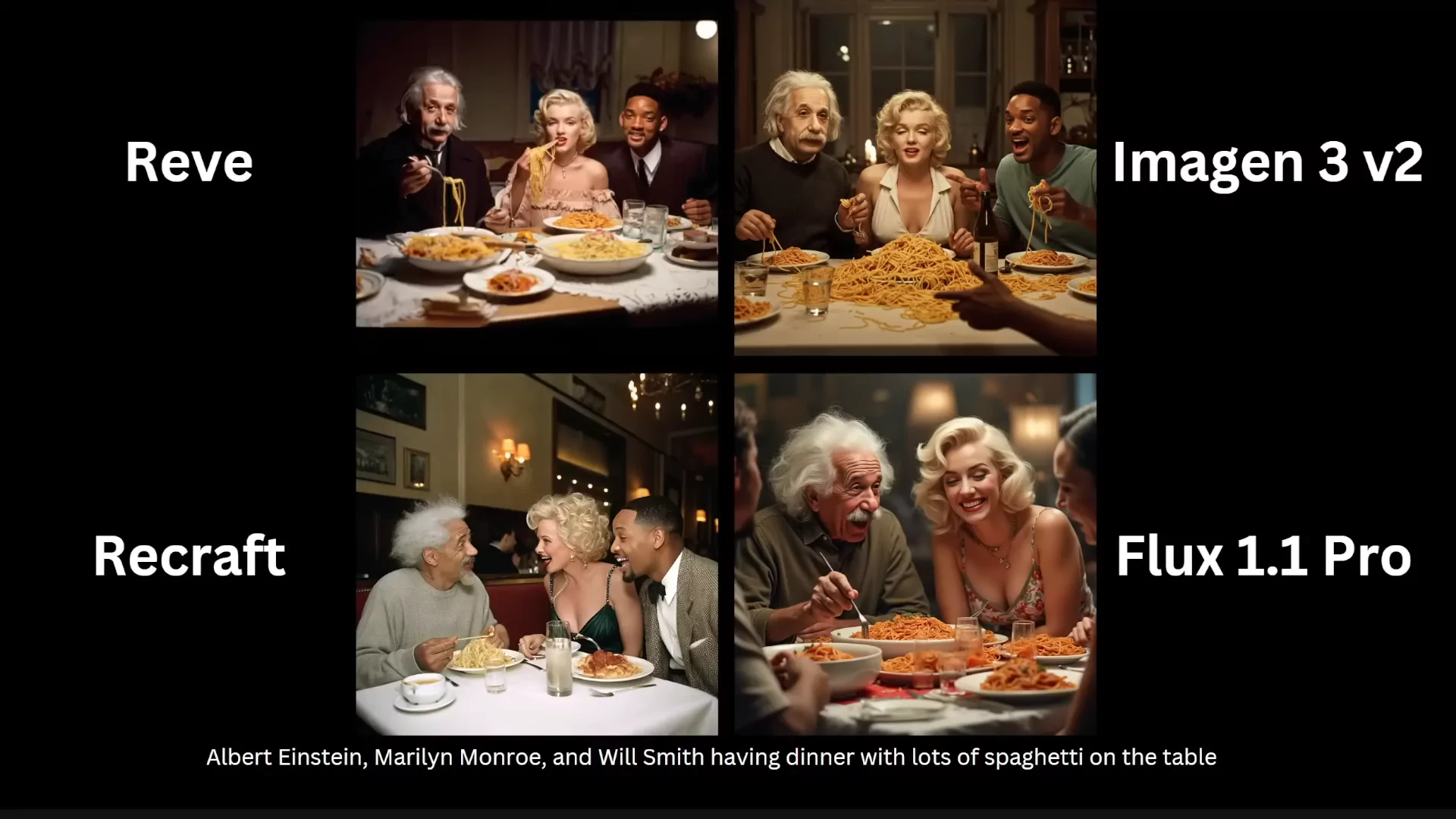
Pros and Cons of Reve AI
Pros:
- Accuracy: Reve AI consistently produces highly accurate images, capturing intricate details and complex prompts with precision.
- Text Generation: It excels in generating readable and contextually correct text within images, outperforming competitors.
- Realism: The images generated by Reve AI often appear more realistic, especially in terms of lighting, depth, and facial features.
- Versatility: Handles a wide range of prompts effectively, from human poses to neon signs and famous personalities.
Cons:
- Limited Creativity: While highly accurate, Reve AI may sometimes lack the creative flair seen in other models, sticking closely to the prompt.
- Resource Intensive: The high level of detail and accuracy may require more computational resources, potentially slowing down the generation process.
Overall, while Reve AI has some limitations, its strengths in accuracy and realism make it a top choice for those seeking high-quality image generation.
Final Thoughts
Reve AI has proven itself to be the strongest AI image generator in this test. It consistently outperformed the competition on complex prompts involving human poses, readable text, neon signage, and real-world figures. While other models have their strengths, Reve’s ability to generate accurate, detailed images with minimal errors gives it a clear edge.
If you’re interested in AI image generation, Reve AI is definitely worth trying.
Related Posts
![Character.AI: How to Fix 500 Internal Server Error [Updated]](/_next/image?url=%2Ferror%2Fcharacterai-how-to-fix-500-internal-server-error-updated.webp&w=3840&q=75)
Character.AI: How to Fix 500 Internal Server Error [Updated]
Troubleshooting Character.AI's 500 Internal Server Error: check server status, clear cache/cookies, disable extensions/VPN, and fix connection issues fast.
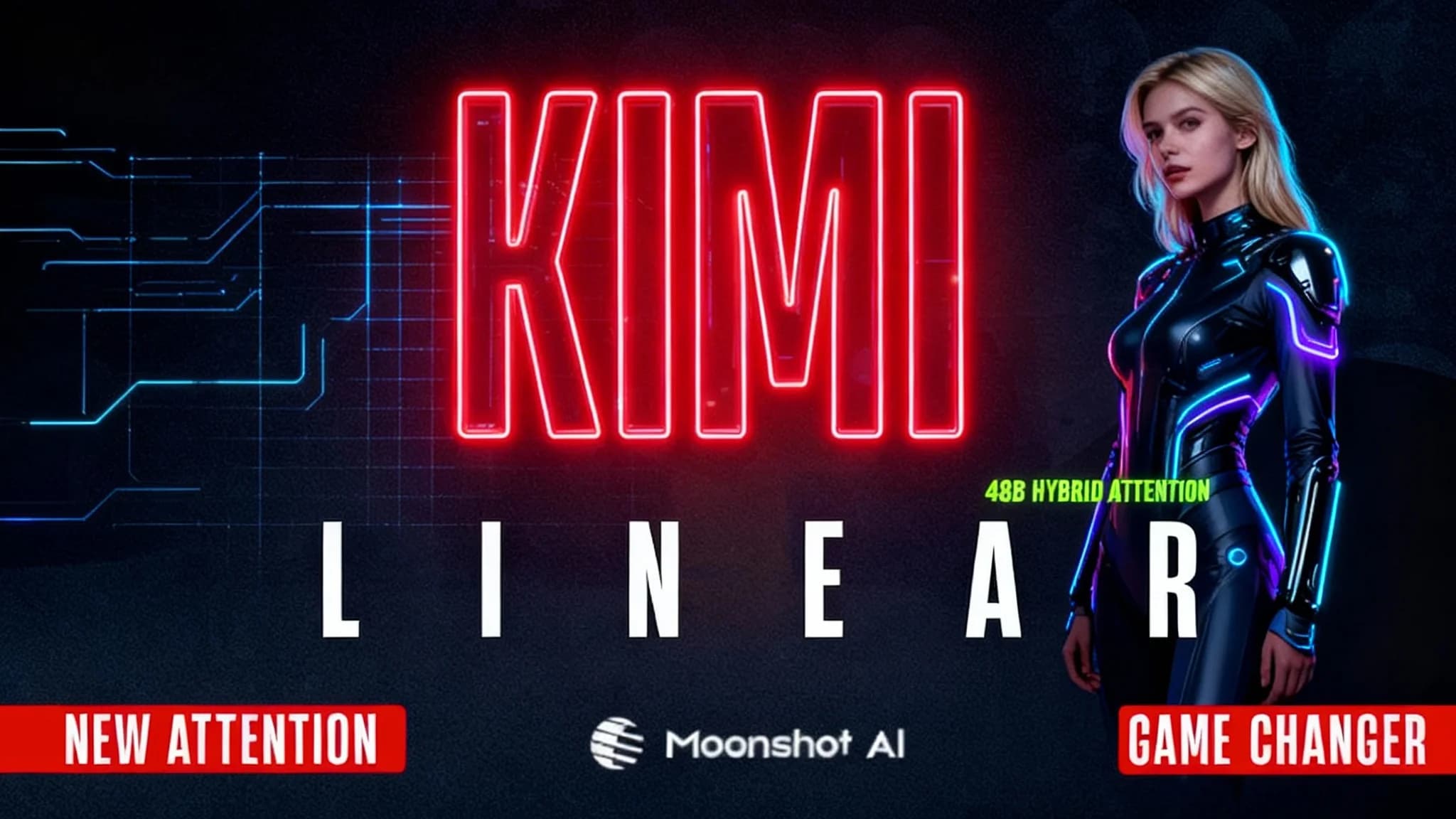
Kimi Linear by Moonshot AI
Moonshot AI’s Kimi Linear (48B A3B Instruct) introduces a hybrid attention design that makes LLMs faster and more efficient. Learn how it works and why it matters.
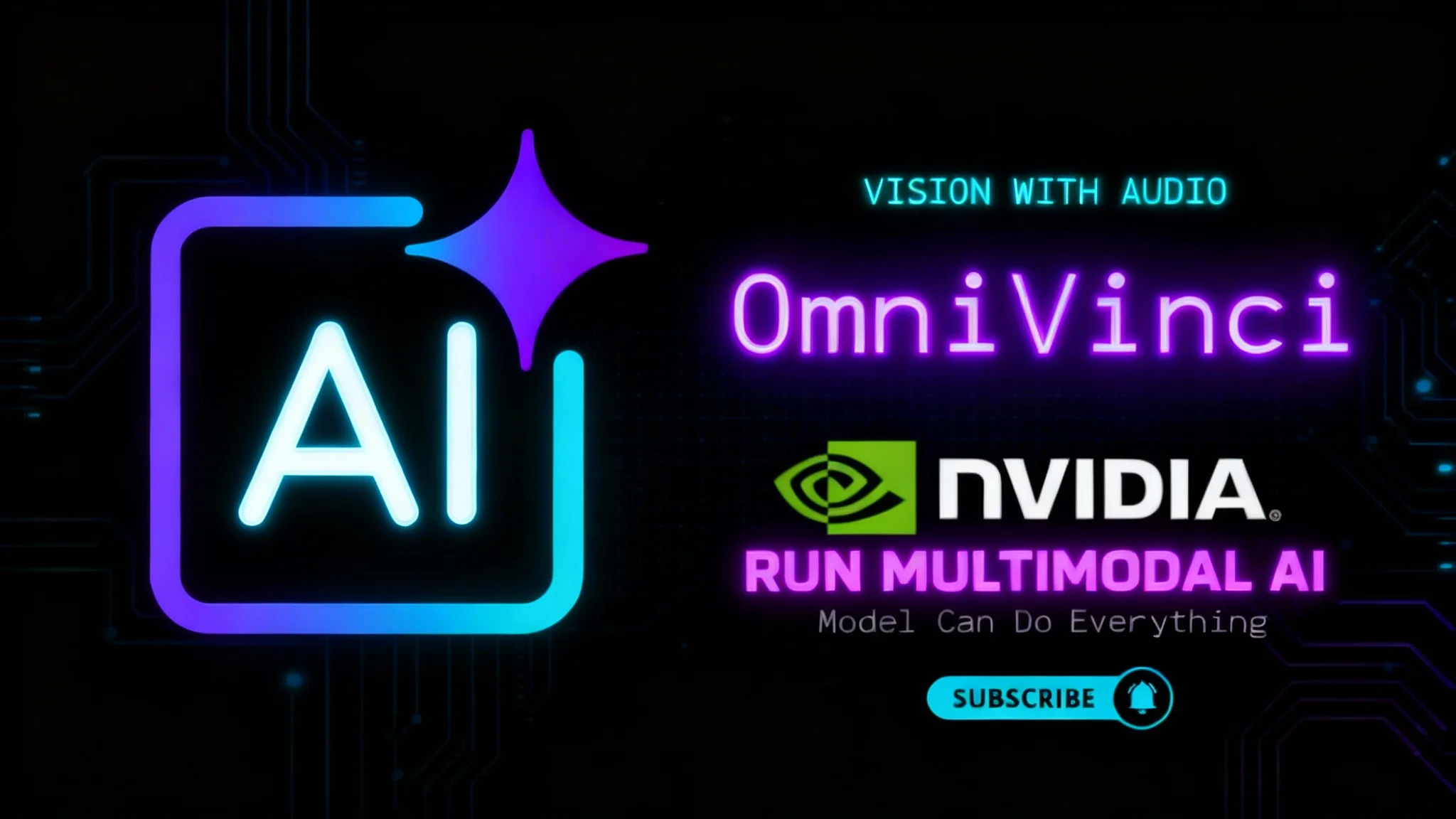
NVIDIA OmniVinci: Run Multimodal AI Locally
Learn how to install and run NVIDIA OmniVinci on your PC. We demo its see-read-listen-speak-reason powers and unpack core ideas like Omni-AlignNet.
